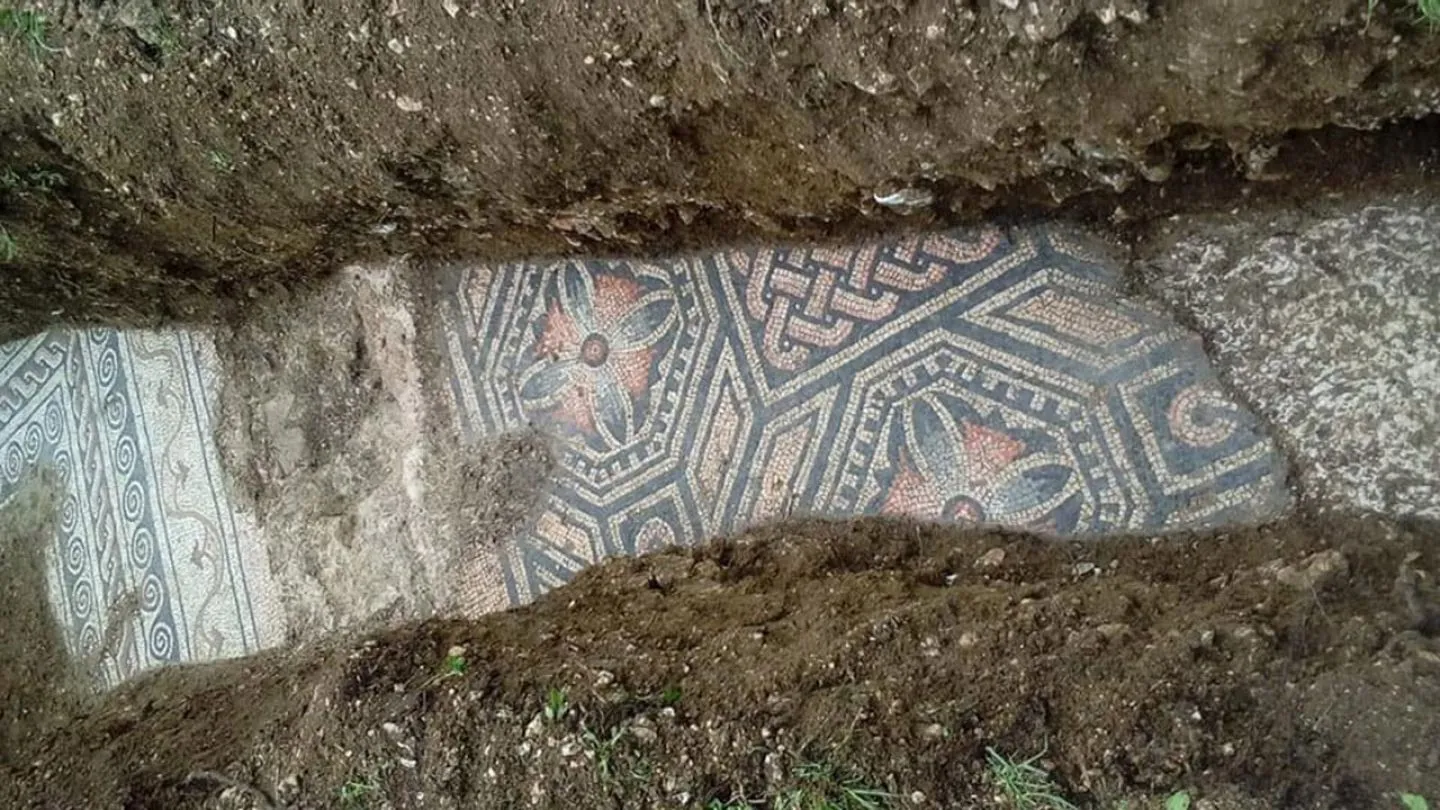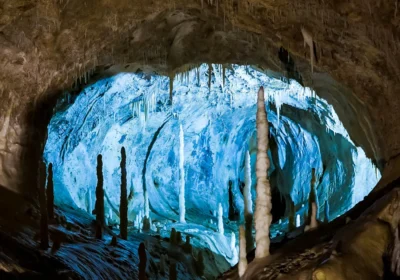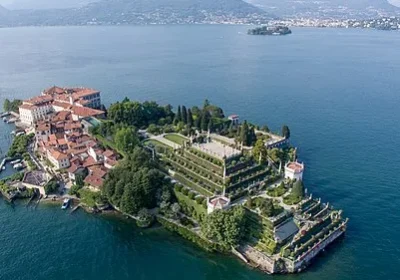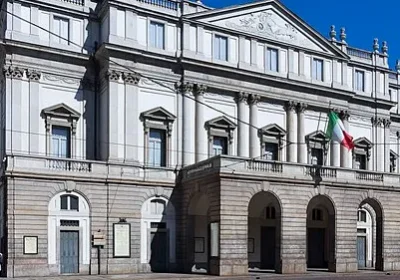A tour of the ancient Roman mosaics of Verona:
n
Roman mosaic is an art that developed from the 4th century B.C. and reached its peak in the 1st and 2nd centuries A.D. This concept includes the creation of compositions from small pieces of stone, glass (tesserae) and sometimes other materials. Such mosaics decorated architectural objects: villas, temples, baths and even road surfaces.
The creation of mosaics required extraordinary skill and care as each tile was placed precisely in its place. Mosaics were not just a way to create decorations for aesthetic enjoyment. They also served to convey cultural and religious values. Today they are important archaeological finds and sources of information about life in ancient civilization. Decorative patterns and ornaments characteristic of the architecture of ancient Rome, which flourished from the 4th century B.C. to the 5th century A.D. These ornaments included geometric figures, plant elements, abstract compositions, images of animals and gods, and scenes from mythology and history. Such ornaments could be part of mosaic compositions, as mosaic was one of the popular ways of creating decorative elements. Thus, mosaic and Roman ornamentation are closely intertwined. “Mosaic ornament” is a more highly specialized term that focuses on creating decorative compositions specifically from fragments of stone, glass, etc.
n
Verona has preserved beautiful colored mosaics from the ancient Roman era, and they can be viewed not only in museums, but also in the basements of many buildings. Where Piazza Nogara is now, there used to be an ancient Roman villa. If you go down into the underground rooms under the bank building you will see it for yourself – beautiful mosaics were discovered during excavations. Ancient Roman mosaics are hidden under the Palace of Captains (II-IV cc.) and in the basement of St. Helen’s Church, and in the couloir of the Cathedral (IV c). And also a mosaic floor from the third century (200 AD) was recently found near Verona. The mosaic was buried under several meters of soil, in a place where vineyards are spread out.
n
If you want not only to visit these places but also to learn about mosaic production techniques, at the end of the tour you can visit the mosaic laboratory and get acquainted with different types of mosaics (ancient Roman, classical and modern), trace the evolution of mosaics, the development of its styles, the use of various materials (stone, glass, enamel), and see live the tools and techniques of execution (direct or from the back side of the paper). Visitors to this laboratory can try to create a product in the mosaic technique themselves (time allotted for this is 1 – 4 hours).

















